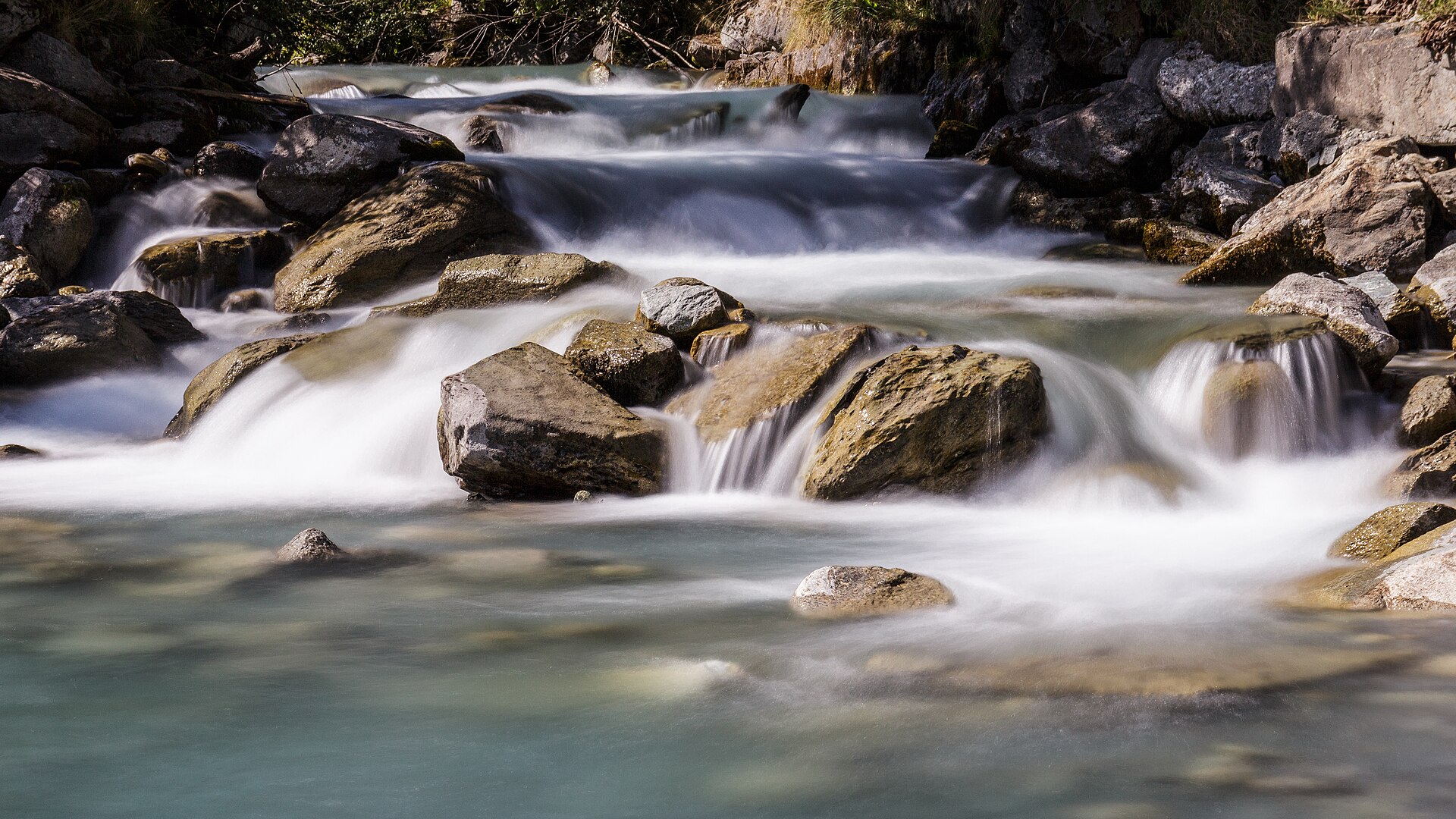

Creative Commons (CC) is a licensure that makes it very easy to openly share and access materials across the internet. CC licenses give anyone a standardized way to grant public permission to use their creative work under copyright law.
In general, once an object have been created by the author, it is automatically protected by copyright whether or not it was officially published. If an item has a CC license, it means that the author has chosen to void their natural copyright and share it openly on the internet.
If any material does not have a CC license, it is best practice to assume it is copyrighted and all rights are reserved. For more information, please visit our Copyright LibGuide.
When searching or creating OER, be sure to locate the code that is associated with the resource. It may also be accompanied by a license image.
Here is a full list of the CC licenses that are available to use:
| License Type | Code | License Image | Properties |
| CC 0 |  |
Waves all copyright restrictions and is essentially public domain. Users can reuse, revise, remix, redistribute, and retain this resource. While attribution is not required, it is a common courtesy to do so if possible. | |
| Attribution | CC BY 4.0 |  |
Users can reuse, revise, remix, redistribute, and retain this resource as long as they give credit to the original creator. |
| Attribution-Share Alike | CC BY SA 4.0 |  |
Users can reuse, revise, remix, redistribute, and retain this resource as long as they give credit to the original creator. However, any modified work must retain the identical license of CC BY SA. |
| Attribution-NonCommerical | CC BY NC 4.0 |  |
Users can reuse, revise, remix, redistribute, and retain this resource as long as they give credit to the original creator. However, the resource cannot used for commercial purposes--for example, it cannot be used in a monetary way to gain a profit. |
| Attribution-NonCommerical-ShareAlike | CC BY NC SA 4.0 |  |
Users can reuse, revise, remix, redistribute, and retain this resource as long as they give credit to the original creator. However, the resource cannot used for commercial purposes--for example, it cannot be used in a monetary way to gain a profit. In addition, the license must retain the identical license of CC BY NC SA. |
| Attribution-No Derivatives | CC BY ND 4.0 |  |
Users may only retain, reuse, and redistribute this resource. The material cannot be changed in any way. One of the most restrictive CC licenses. |
| Attribution-NonCommerical-No Derivatives | CC BY NC ND 4.0 |  |
Users may only retain, reuse, and redistribute this resource. The material cannot be changed in anyway. In addition, users cannot use this in a commercial way. This is the most restrictive CC license. |
By default, whatever you create will naturally have an All Rights Reserved copyright. However, you may choose to wave your natural copyright by using a Creative Commons license.
To create open content, simply choose one of the CC licenses and attach it somewhere within or near the content. While there is no exact preference for how it needs to be displayed, the license should be reasonably located near the content.

 "Unidentified frog of Australia" by Rob and Stephanie Levy. CC BY 4.0 "Unidentified frog of Australia" by Rob and Stephanie Levy. CC BY 4.0 |
If you are unsure which license you should use, try using the Creative Commons license chooser in order to find the best match.
Using content that has a Creative Commons (CC) license is easy to do. Just as in citing sources, there are certain elements that are required:
| Title | Author | Source | License |
To use this image below, having the following displayed is ideal:

"Breil-Brigels Outflow of river Flem" by Dominicus Johannes Bergsma CC BY-SA 4.0
| Title | Author | License |
| "Breil-Brigels Outflow of river Flem" | by Dominicus Johannes Bergsma |
CC BY-SA 4.0 |
Sometimes, you will not be able to find all of the elements, such as the author. If that is the case, put as many of the elements as possible. Hyperlinking to the original source of the author page is preferred, but not required. If the element is a video or music clip, put the attribution in a location where users will reasonably see the license. If the source is a CC0 license (no copyright), nothing is required, but attributing the author is a respectful gesture.
One of the greatest advantages of an open license is the ability to modify or adapt the content. Many artists will use CC works as starting points, inspiration, references, etc. Try modifying open works and see what new art can be created!
For example, this image below is a CC BY license, which means that a user can modify it as long as credit is given to the original owner. Because the image was modified to add text, it is required to write that it was adapted from the original source. In addition, the modification has now made it a new work, so a title is needed.

| "Vocal Library Frog" by Bentley Library. Adapted from "Unidentified frog of Australia" by Rob and Stephanie Levy. CC BY 4.0 |
More modifications could be made, even to the point where the original source is barely recognizable. This is called Remixing and credit is still required.

| "Frog In Pond, Watercolored" by Bentley Library. Remixed from "Unidentified frog of Australia" by Rob and Stephanie Levy & "Tropical Pond" by Richard Webb. CC BY 4.0 |
*Note* If a license has a No Derivatives (ND) element, then no edits can be made to the source.